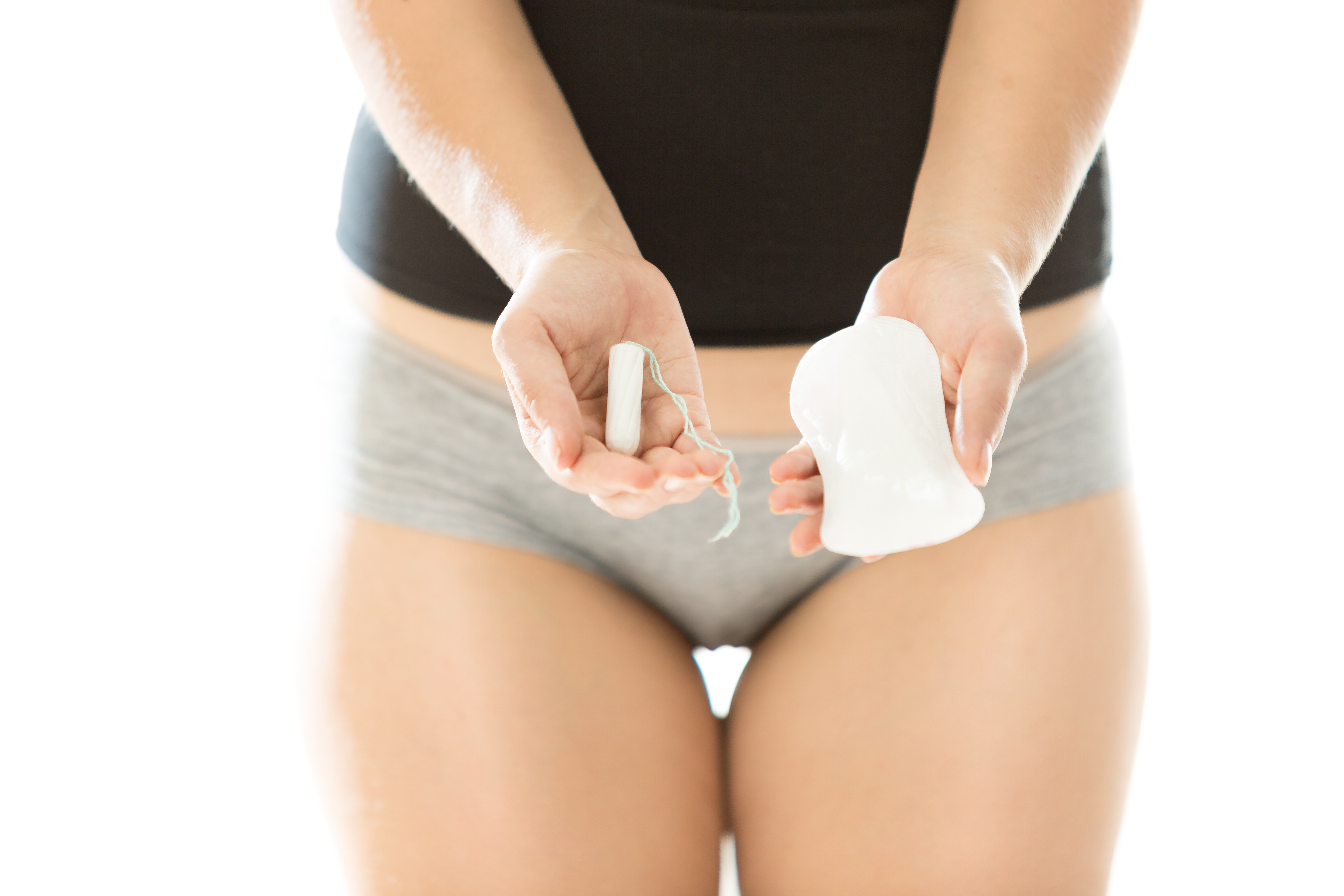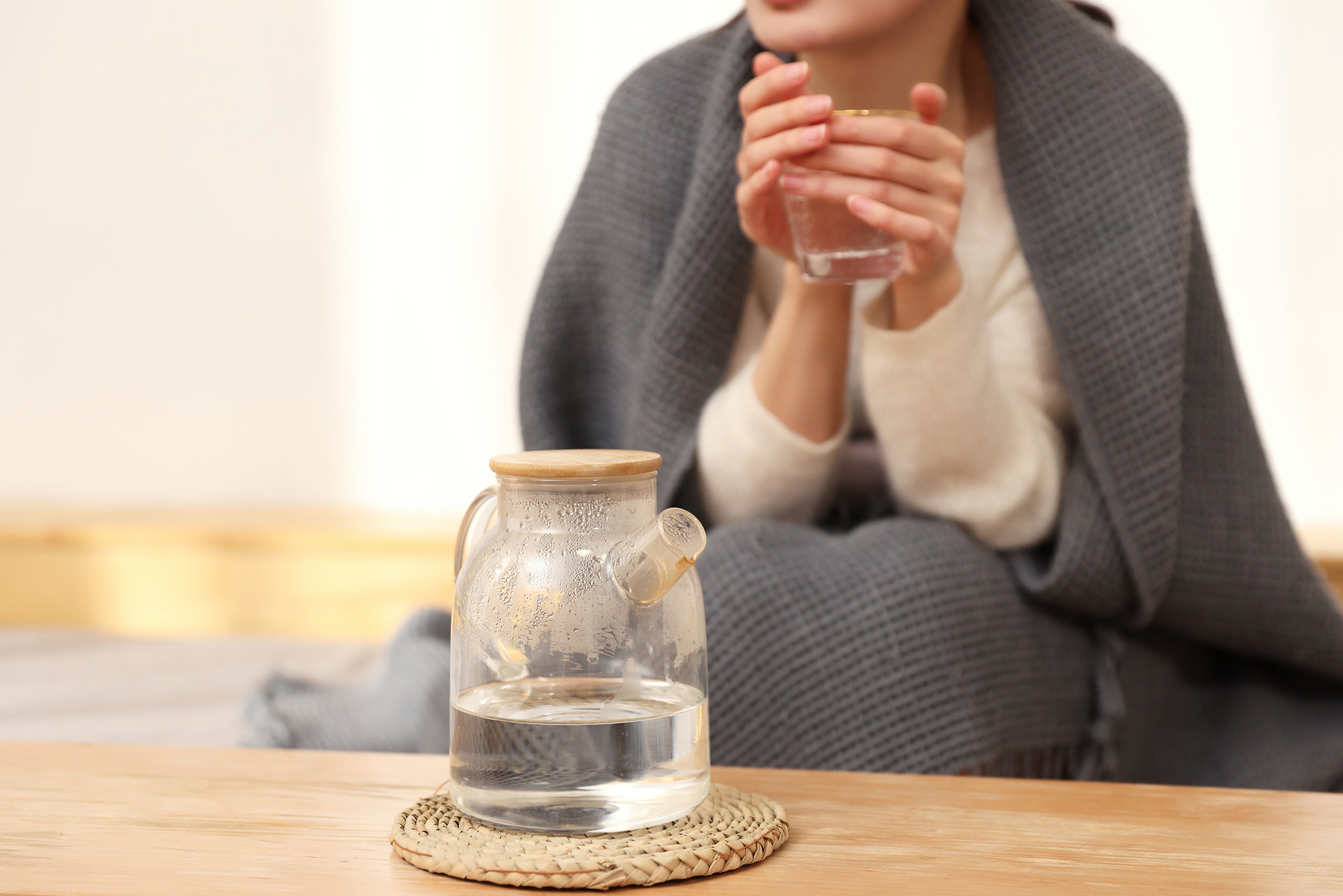Normally, the uterus is like an inverted pear, quietly nestled in the abdominal cavity. However, in pathological conditions, the uterus can prolapse from the vagina, even rubbing against underwear, causing patients to endure embarrassing and uncomfortable situations, and potentially increasing the risk of uterine infection. Uterine prolapse, a gynecological condition that used to be more common in old-fashioned women who have labored and given birth multiple times, is not uncommon among modern women who live a privileged life. Some young and middle-aged women may even experience this common ailment of older women at a young age. The main reason for this is that during the postpartum period, they did not receive proper care and rest, resulting in poor uterine involution and relaxation of the uterine ligaments, leading to uterine prolapse.
Although most women only give birth to one child nowadays, there are still many cases of uterine prolapse. The main reason for this is that they did not get enough rest during the puerperium. Many women are eager to lose weight after childbirth and start exercising shortly after giving birth, such as lifting dumbbells, running, dancing, climbing stairs, doing sit-ups and push-ups, etc. Some mothers also take care of household chores and child-rearing, resulting in excessive fatigue. This can prevent the uterus from returning to its original position after pregnancy and childbirth and weaken the strength of the pelvic floor muscles, making it more prone to uterine prolapse. In addition, factors such as multiple pregnancies, induced abortions, and inadequate rest after miscarriage, as well as excessive abdominal pressure during constipation in the postpartum period, are also important causes of uterine prolapse.
Although traditional Chinese postpartum customs may have some outdated practices, such as not being allowed to bathe or wash hair, keeping the doors and windows closed, and consuming excessive warming foods, it is still important to increase dietary nutrition appropriately, regulate postpartum qi and blood deficiency, strengthen rest, reduce intense physical activities, and avoid exposure to cold wind. This not only shows respect and care for postpartum women from their families, but also has certain scientific reasoning. If a new mother jumps right back into busy work shortly after giving birth, or strives to be a perfect hot mom and engages in intense exercise to lose weight, impatiently trying to shed the excess weight gained during pregnancy, it may cause the uterus and other ligament tissues to lose the best opportunity for repair, leading to uterine displacement and setting the stage for long-term health issues. This is something that new mothers must pay attention to.




